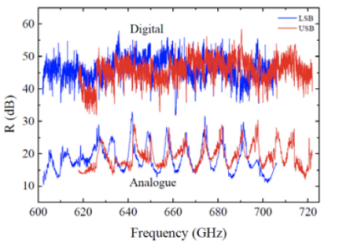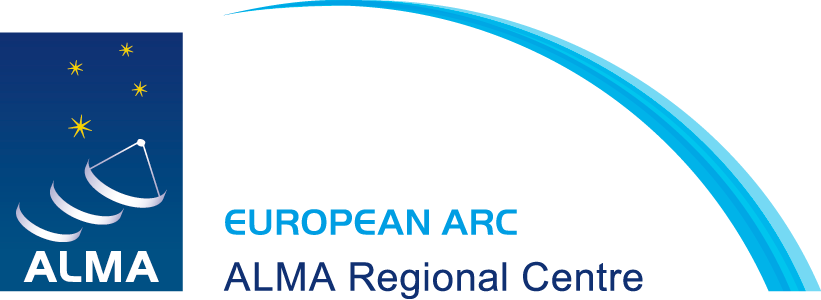ALMA Digital Front-End: Configurations Study
Principal Investigator: Andrey Baryshev
Institute: Netherlands Research School for Astronomy, The Netherlands
Abstract:
The rationale of the study proposal is an optimization of combined future Front-End and backend developments. There are several plans of ALMA partners to improve ALMA correlator bandwidth and various other aspects of the front-end system which clearly improve ALMA sensitivity. However, they do not enable to propose advanced configurations such as focal plane arrays, digital sideband separation at front end, dual frequency operation etc. In addition the instantaneous dynamic range of the current ALMA system implementation is limited by 3-bit digitization and further by 2-bit correlation. That leads to an additional requirement on the passband ripple of front-end: the ripple specification has been waived for many of the ALMA bands and will become especially challenging with increasing bandwidth of front-end cartridges in the future. In order to address and harmonize future upgrade study we propose to establish a working group which will specifically consist of front-end, back-end and system experts from major ALMA partners and JAO who will consider advanced front-end/back-end configurations to:
- Increase bandwidth of the system with full consideration of the dynamic range;
- Enable several analogue IF inputs per polarization/frequency band to utilize focal plane arrays or dual/many frequency band; operation and optimal correlator resource distribution;
- Consider a more digital functionality at the ALMA antennas, which extends current IF switch, equalizer, digitizer functionalities and data formatting and transport. This functionality would enable, for example, a measurement of total power spectrum or auto correlation, digital side-band correction, baseline flatness correction, Stokes parameter derivation per antenna, digital beam forming/switching for focal plane arrays and efficient correlator data multiplexing/ bandwidth utilization.
- Discuss efficient front-end/back-end upgrade combinations.
This study should enable the possible expansion of the ALMA system bandwidth manifold in a flexible way which will improve ALMA sensitivity for continuum and spectral line search speed. It will enable a pathway for deep ALMA upgrade such as Focal plane arrays possibly in a step wise consistent way and good balance between front-end and back-end improvements, possibly done in several steps. Focal plane arrays are an efficient option to increase the ALMA mapping speed. Doing more processing at front end will enable a much better utilization of correlator resources and will reduce requirements such as bit depth (dynamic range) through flattening of baselines, calibration accuracy through digital side-band separation which will improve image fidelity and sensitivity of the system.
In order to demonstrate possible advantages of digital front-end system implementation we first report here our work on digital sideband separation.


